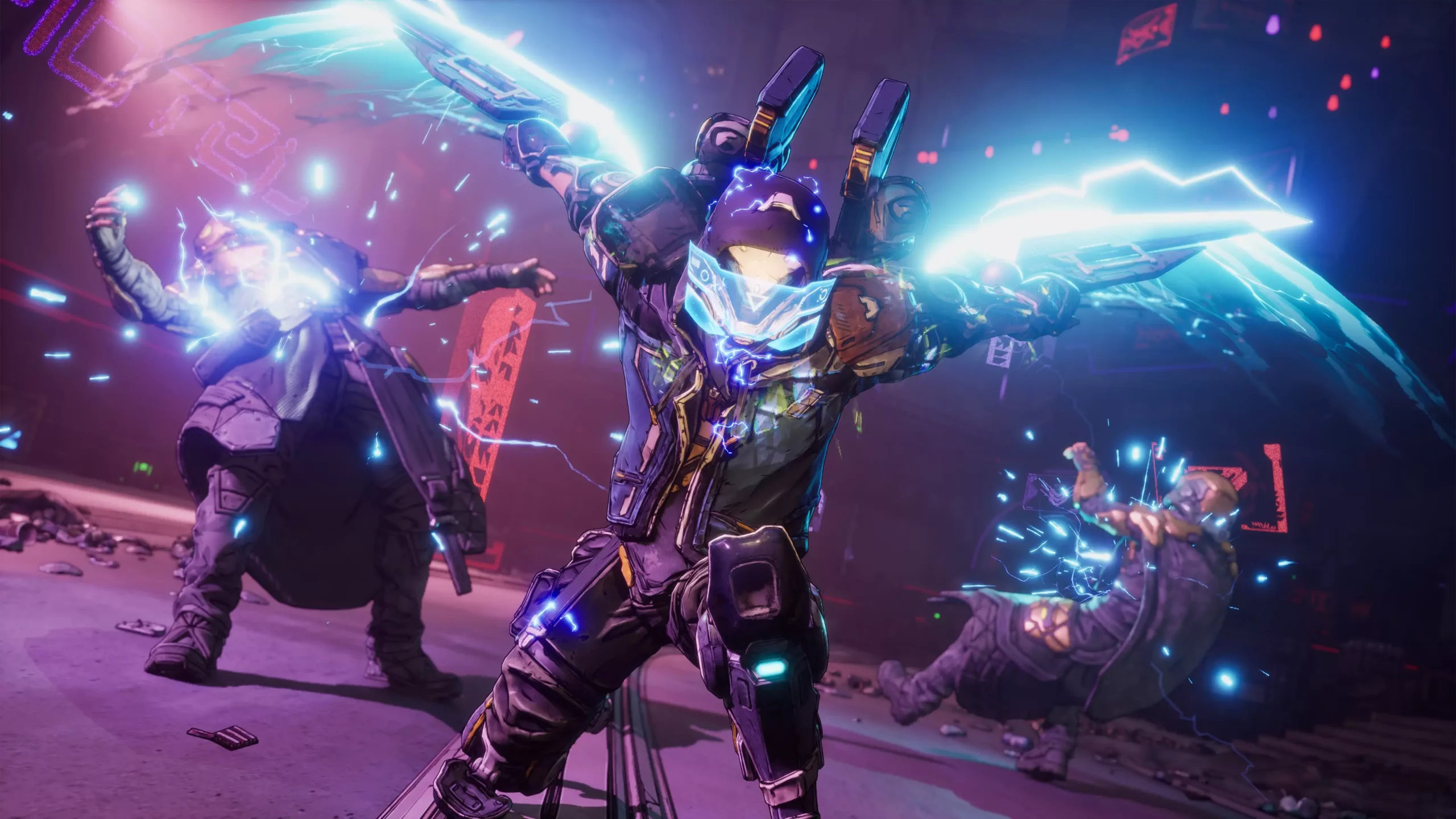As the gaming industry evolves, so too does its pricing structure, pushing the boundaries of consumer expectations and budgets. With the recent trend of new game releases escalating to $80, the question arises: how will Borderlands 4 fare within this shifting marketplace? Randy Pitchford, the face of Gearbox, finds himself at the center of this interrogation, navigating a web of consumer apprehensions and internal priorities.
Pricing decisions in gaming are not merely about the numbers; they embody larger trends affecting how games are developed, marketed, and ultimately consumed. Traditionally, game developers would consider production costs, content depth, and the competitive landscape to determine prices—yet the market is changing. The anticipation surrounding titles like GTA 6 has created an atmosphere of uncertainty and speculation. Essentially, this shift places pressure on developers like Gearbox to balance profitability with accessibility, ensuring that they do not alienate their dedicated players.
The Impact of Development Budgets
Pitchford’s admission that Borderlands 4 boasts a development budget exceeding that of its predecessor by more than double provides valuable insight into both the mechanics of pricing and the expectations linked to such a financial commitment. When building a game at this scale, developers must recoup these costs through sales—hence the validity of potentially inflating the price tag.
However, this practice may not sit well with a gaming community already sensitive to financial considerations. Modern gamers are often influenced by a variety of factors, including the price sensitivity of their peers and the increased production costs of games that now regularly require more sophisticated technology and expansive content. Pitchford’s comments illustrate a delicate balancing act; while an elevated price can signal a premium product, it can also alienate consumers who are becoming increasingly due diligence in their gaming expenditures.
The Pressure of Consumer Expectations
Gamers today expect content-rich experiences that justify their financial outlay. Pitchford’s recognition of the diverse opinions within his audience underscores this reality; not everyone is on board with rising costs, even if developers like himself understand the rationale behind them. Gamers have high expectations for engagement and value, particularly with the Borderlands franchise, known for its humor, intricate storytelling, and vibrant gameplay.
The implications of shifting expectations are clear; a breach of trust occurs when what is delivered does not mirror the investment made. If Borderlands 4’s price heightens without a corresponding leap in quality or content, it could provoke backlash from fans who feel shortchanged. The burden of creating a game that feels compelling enough to justify its price is indeed heavy, especially when developers like Pitchford wish to maintain long-term relationships with their player base.
The Dichotomy of Pricing Strategies
While Pitchford notes that pre-orders for Borderlands 4 would be announced “soon,” the commentary around the potential for a new price similar to those initiated by Nintendo and Microsoft raises eyebrows. It highlights a proactive but cautious strategy: developers must stay competitive while being astutely aware of consumer sentiment. This nuanced decision-making reflects a newfound reality in the gaming industry where firm establishment of principles must coexist with adaptability.
Moreover, Pitchford playfully navigates the uncertainties of strata pricing, hinting at optional content expansions such as a minimap for $10 if the base game were to feature a more advanced navigation system. This commentary not only indicates an awareness of current player feedback but also suggests a potential shift towards microtransactions—a concept that could endear some consumers while inciting resentment from others.
The Road Ahead
Ultimately, as Pitchford boldly states, “the people at the publishing house” will have the final say on pricing—an acknowledgment that software development these days is more than just about creativity; it is also about corporate strategy. As players await a definitive announcement, the chatter around the price of Borderlands 4 reminds us that the wellbeing of gaming as an art form hinges on the delicate interplay of consumer demand and developer responsibility.
While the future of Borderlands 4’s pricing remains uncertain, one fact endures: it is a reflection of the evolving landscape in which game developers must operate and succeed under, bringing with it both excitement and trepidation in equal measure.


Leave a Reply